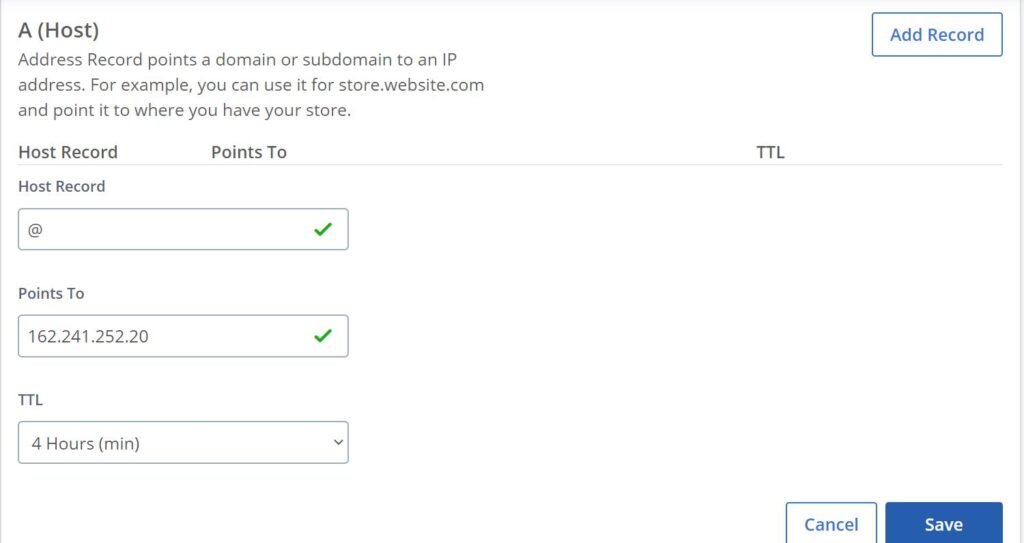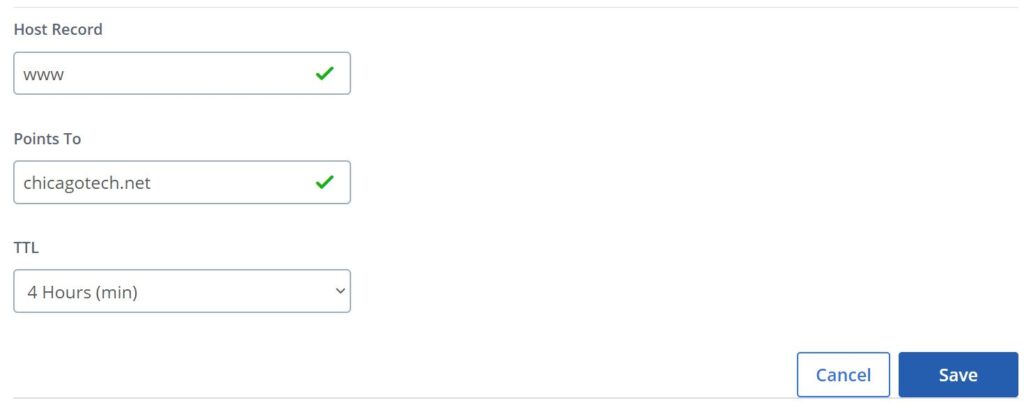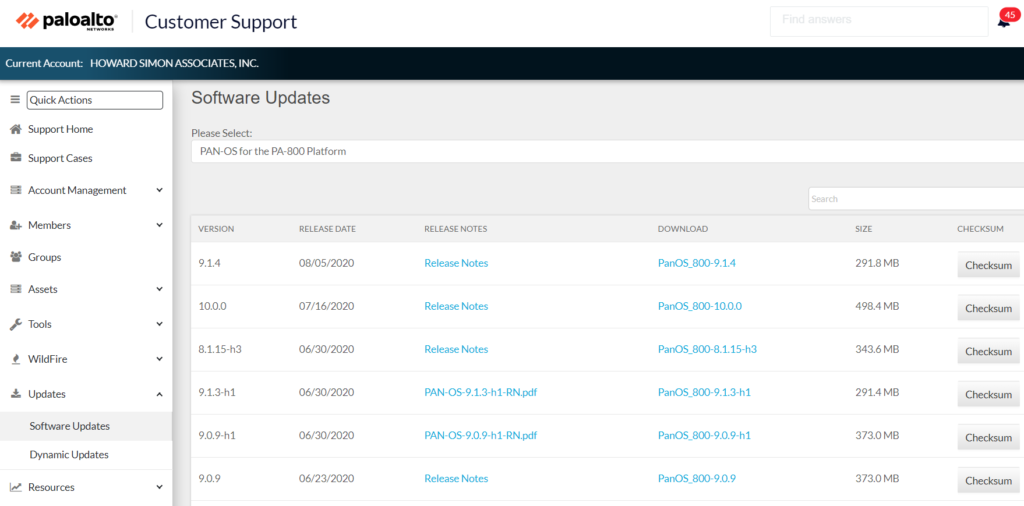A Canonical Name (CNAME) records can be used in the Domain Name System (DNS) to alias one domain name to another domain name. A common example is a subdomain aliasing to the root domain name, for example, users accessing “ mail.chicagotech.net” are referred to the root domain “chicagotech.net”. Another example is pointing from several websites owned by the same organization to a primary website.
To cerate a CNAME, You must cerate A record first and point it to the server IP address. For example, create root domain name, chicagotech.net points to its IP address 162.241.252.20.

Then create a CNAME record pointing to A Record or Root domain name. For example points subdomain name www to the root domain name.

You can create more CNAME as shown below.

Notes: 1. A CNAME record must always point to another domain name, never directly to an IP address.
2. A CNAME cannot be placed at the root domain level, because the root domain is the DNS Start of Authority (SOA) which must point to an IP address.
3. CNAME record cannot co-exist with another record for the same name. It’s not possible to have both a CNAME and TXT record for www.chicagotech.net.
4. A CNAME can point to another CNAME, although this configuration is generally not recommended for performance reasons.
5. MX and NS records must never point to a CNAME alias.
6. An A Record maps a hostname to one or more IP addresses, while the CNAME record maps a hostname to another hostname.
7. The ALIAS Record, like CNAME, also maps a hostname to another hostname. However, the ALIAS Record makes it possible to have other DNS records on the same hostname, while CNAME does not.
Please view this step by step video:




